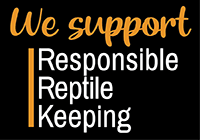- Home
- The science behind the soils
The Dude's Blog Library - Tons of articles and how-to at your fingertips!
The science behind the soils
The Dude's Blog Library - Tons of articles and how-to at your fingertips!
Recent Posts
- Add at least one blog post for posts to appear here.




